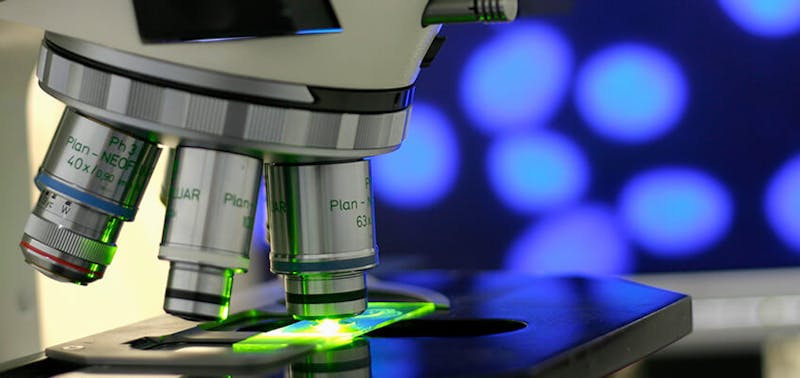
06 Mar Our Research StudyPosted at 9:20 PM
Our Experience
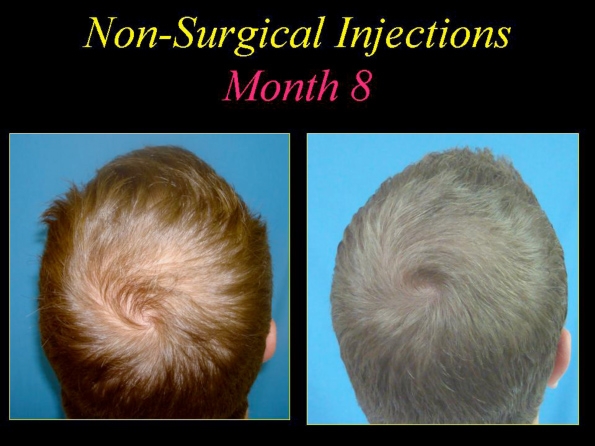 Over the past three years and 200 plus bio-surgical hair transplantation procedures the authors have witnessed hair growth sooner in grafted hairs, more mature growth sooner and an increased overall aesthetic density when compared to hair transplantation without PRP. After seeing more patients return with increased aesthetic results the authors proposed to study the effects of stimulation and infusing concentrated amounts of various growth factors on non transplanted miniaturized hair.
Over the past three years and 200 plus bio-surgical hair transplantation procedures the authors have witnessed hair growth sooner in grafted hairs, more mature growth sooner and an increased overall aesthetic density when compared to hair transplantation without PRP. After seeing more patients return with increased aesthetic results the authors proposed to study the effects of stimulation and infusing concentrated amounts of various growth factors on non transplanted miniaturized hair.
A Research Grant sponsored by the International Society of Hair Restoration awarded to study “The Effects of Platelet Rich Plasma and Various Growth Factors on Non Transplanted Miniaturized Hair”.
An average of 10 hairs was measured by micrometer in both groups 1 cm from the base. 60cc’s of blood was drawn from all patients and all participants were stimulated with micro needling roller. The syringes were covered (blinded) and the treatment group received PRP while the control group received normal saline. The results revealed an increase of 9.7% in average shaft diameter at 4 months in the treatment group, and 6.1% at 8 months in the TG compared to 2, 8% at 4 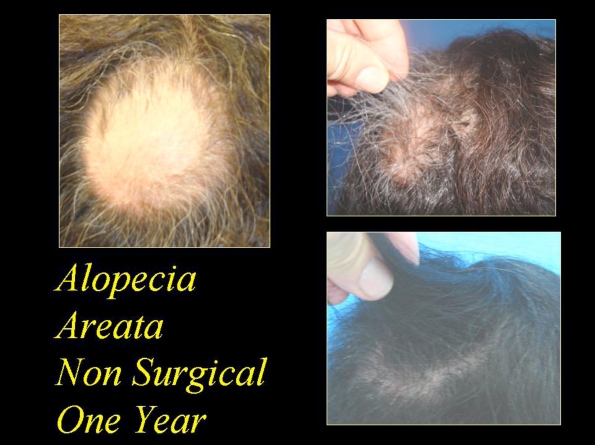 months and 3.5% decrease average diameter in the control group at 8 months. See Fig 1 above.
months and 3.5% decrease average diameter in the control group at 8 months. See Fig 1 above.
The above patient is a 26 year old male in the study. Fig 3 is before and Fig 4 is 8 months later after one PRP treatment. The authors also completed a second research grant sponsored by the International Society of Hair Restoration to study the effects PRP and various growth factors in treating Alopecia Areata patients. A total of 18 patients were treated. 11 of 18 or 60% grew hair: 7 of 10 or 70% were successful in growing hair in a single isolated area of AA and 4 of 8 or 50 % were successful in growing hair in diffuse AA of three or more areas. All patients in this study were treated with a combination of therapeutic levels of PRP and protein matrix.
Extra Cellular Matrix – Growth Factor Complexes
The next generation of autologous PRP is the addition of extracellular “matrix” (ECM) Independent studies conclude that “GF/ECM complexes may well be the most effective and efficient method to stimulate cell proliferation, as well as tissue healing or regeneration”.
The authors use a patented protein matrix that when processed and mixed with PRP provides a cellular protein scaffold. The purpose of the matrix is to provide a biological scaffold for the new cells to attach and proliferate. Figure 8 below is a low-resolution and high resolution Scanning Electron Microscope (SEM) view of the concentrated protein matrix.
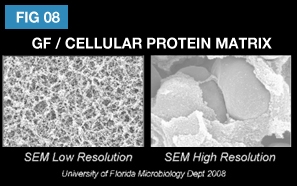 Since it takes the body longer to break down the concentrated protein, the growth factors remain in the area of injury longer, promoting angiogenesis and mitogenesis. While this synergistic complex promotes regeneration of soft tissue and bone it has obvious advantages in hair growth due to the high concentrations of protein.
Since it takes the body longer to break down the concentrated protein, the growth factors remain in the area of injury longer, promoting angiogenesis and mitogenesis. While this synergistic complex promotes regeneration of soft tissue and bone it has obvious advantages in hair growth due to the high concentrations of protein.
The Future of Growth Factors and Hair
Extra cellular matrix complexes of autologous protein or acellular matrix and cytokines in combination with stem cells and cultured hair cells are currently being studied in the pursuit of hair multiplication.
Discussion of PRP 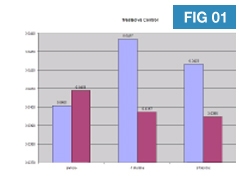
Whole blood is drawn and centrifuged to separate the blood components; RBC’s, WBC’s, proteins and platelets. Essentially, the percentage of platelets and RBC’s are reversed so that PRP contains over 90% platelets and about 4% RBC’s when compared to whole blood, hence the name platelet rich plasma. Platelets are really only cell fragments, derived from the megakaryocyte, but when activated, will release cytokines or (growth factors) that regulate the entire wound healing cascade.
